In today’s article, we’re going to talk about the best hanging basket plants for shade.
For you who already have them and are still not sure about their proper care, this article will be a perfect guide for the “how to do it” part.
For you who just want to get these plants already, reading this article before doing so is more than perfect for your plant.
Maintenance And Care For Shade Loving Plants
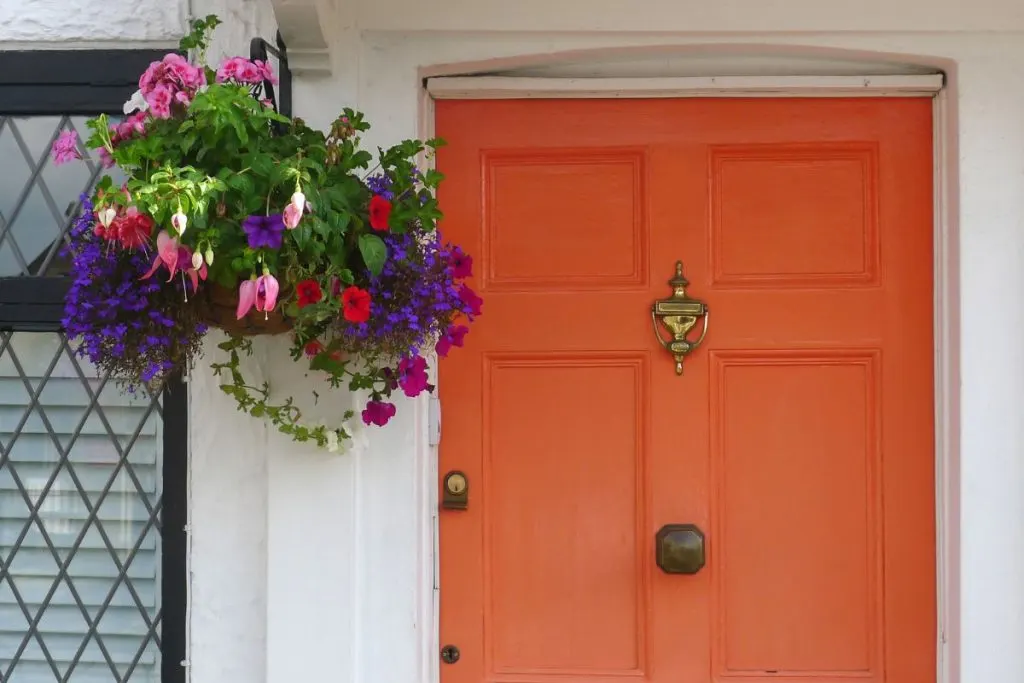
Bellow, we will talk more about maintenance and care guides for these amazing plants. If you follow our guide, combined with your skills, your hanging plants will be more than happy in your home.
For them to healthily grow and reproduce when you want more of them, let’s read about their ultimate care guide in detail.
You can read about absolutely gorgeous plants that are a right fit for hanging baskets like the dancing dolphin plant that did not make the cut to end up on our list, but you can find them in our other articles.
1. Fuchsia
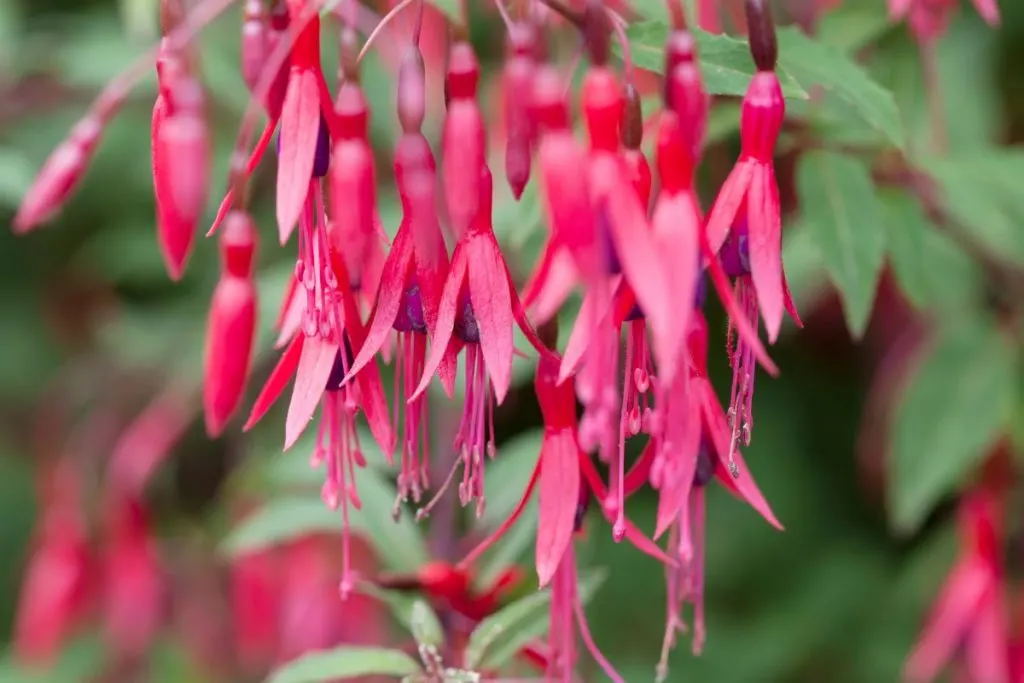
This lovely fan-shaped flowers plant Fuchsia magellanica is one of many compact plants. Find a beautiful hanging basket and you’re home will have a completely different look with this plant in a corner. Well draining potting soil and you’re ready for its healthy growth.
LIGHT
The red and orange flower varieties like and prefer full sun. Varieties of the hanging baskets in white and purple flowers are finding shade-loving plants. Afternoon shade especially.
Rotate its glossy green foliage to make it symmetrical. If you have shade trees in the yard, be careful when putting fuchsia until the trees don’t have leaves anymore.
WATERING
Wet when the surface of the culture medium is dry. Container plants in full bloom need watering once a day or twice a day in scorching and dry weather. Plant blooms and in that period needs more water.
Do not water the wilted plants in the heat of the afternoon when the soil is still moist. That leads to root rot problems. This goes for other plants as well. Drainage holes are always welcomed.
SOIL TYPE
Plant fuchsia in humus-rich garden soil or use a light mixture of organic pots in a well-drained container.
A wooden tray or a fiber pot cools the roots and allows the plant to “breathe”. The same goes for a clay pot, but it dries faster. Fuchsia likes the roots to be moist, but not moist.
FERTILIZER
How you take care of delicate-looking plant fuchsia in March and April affects how well fuchsia grows and blooms in summer.
A basic rule of thumb is to mix a balanced, water-soluble, semi-resistant fertilizer and feed it with fuchsia every week.
2. Coleus Likes Full Shade Conditions
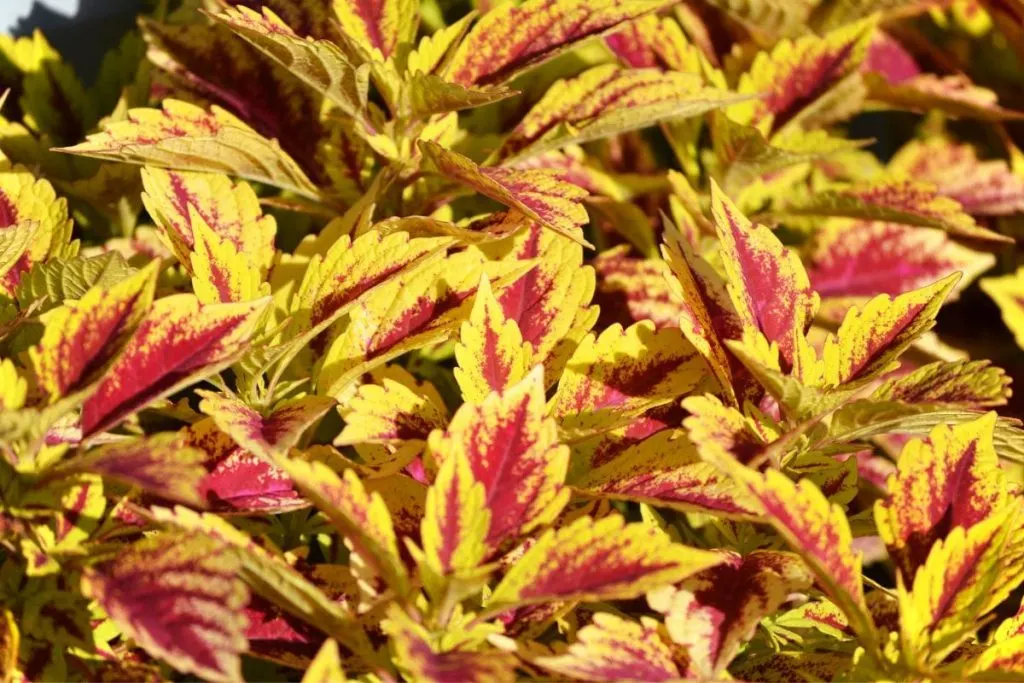
The Coleus plant, also known as Solenostemon or colored nettle plant, is grown for its velvety leaves in a combination of bright colors of red, pink, brown, and bronze. This is a great plant for a lovely exotic-jungle kind of interior look.
LIGHT
Older seed coleus behaves best in full shade, and partial shade, but new varieties, such as the Wizard series, behave best in full sun. In most classic varieties of coleus, too much sun can burn and discolor the leaves.
WATERING
Coleus plants grow in constantly moist, but not moist, soils. The soil should not be kept wet all the time, but the prolonged drought will slow down plant growth and cause the edges of the leaves to turn brown.
SOIL TYPE
This tender perennial prefers constantly moist, rich, and moist soil. Treat the soil with compost or other organic matter before planting. Any quality potting soil is suitable for pots. Choose a container with a drain hole to keep its arching stems growing. The potting mix works as well.
FERTILIZER
If the soil is fertile, it is not necessary to feed Coleus plants. If the soil is poor, add a balanced, slow-release fertilizer to the bed. Easy application of fertilizers will give you the best color of coleus leaves.
3. Ferns
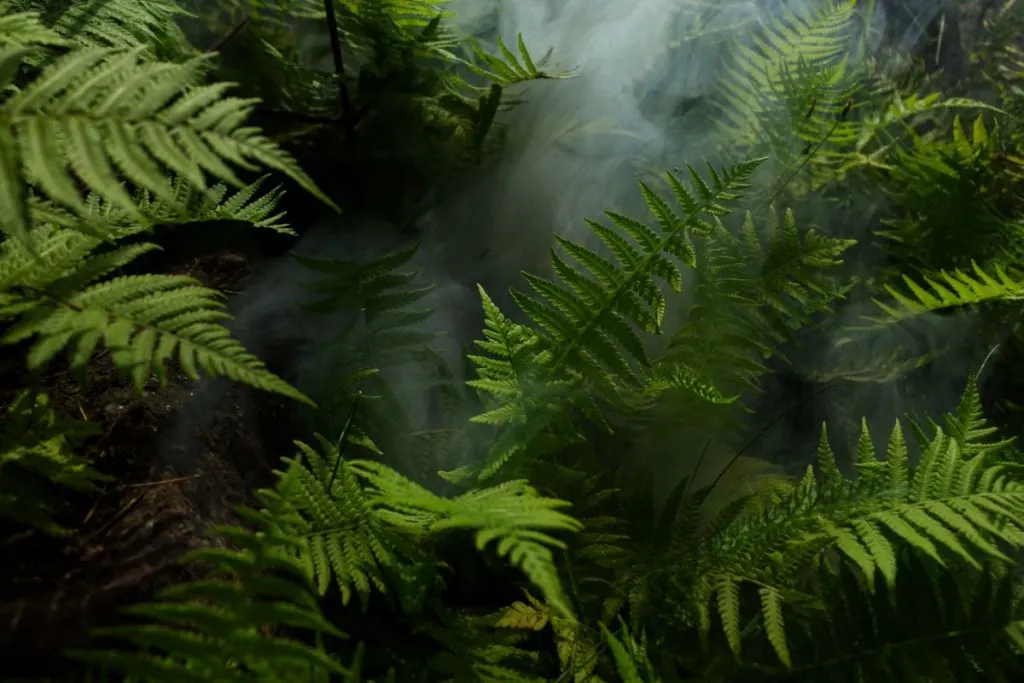
Is there a shady spot in your garden that you don’t like to grow? Are you looking for colorful plants to fill that space? Look no further than ferns. This graceful and gigantic plant thrives where most plants fail. Single hanging droplet or many, care for it properly and you’ll see.
LIGHT
The lady fern grows in shady forests or swamps, so these plants also need shade in the garden. Partial awnings are best. Protect yourself from strong afternoon and afternoon sunlight.
WATERING
It is essential to water your ferns regularly. As these ferns dry out, they turn brown and wither. But despite their sad appearance, Lady Fern is a very nice jumper.
With a little water and care, this plant will bloom again. Keep the soil evenly moist, but not moist.
SOIL TYPE
It is ideal for creating soils similar to the rich, moist, and well-drained soils found in dense forests and meadows.
This plant prefers well-drained sandy soil, rich in humus. The addition of compost or other decomposing organic matter creates a rounded soil and a perfect environment for ladybugs.
FERTILIZER
Compost is an excellent way to improve the soil for ferns. It provides the richness and nutrients that ferns need. Adding other organic matter, such as leaves, is also a good idea.
4. Dark Green Foliage Hosta
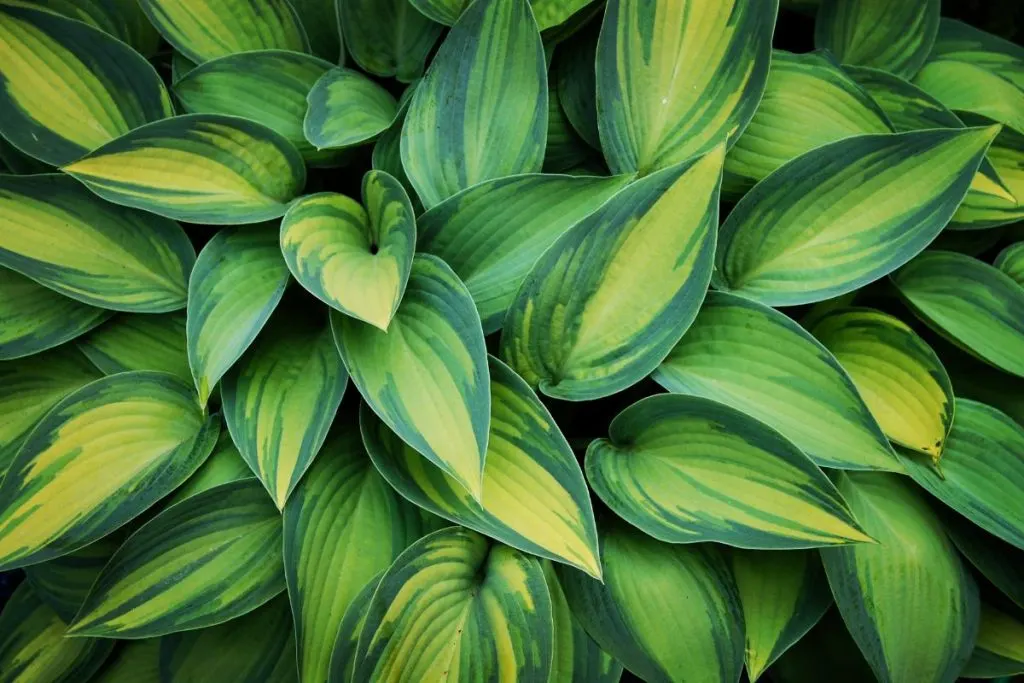
Hostas (Hosta) Are the most popular perennial garden plants in the United States for very simple reasons. They are one of the few plants grown in the shade and are very easy to care for and reproduce.
LIGHT
Hostas can live in full shade, but many breeds do best in sunlight for a few hours a day. If your plant has a variety of green and yellow leaves, exposure to the morning sun will help intensify the yellow color.
WATERING
Wet the hosta plant as needed to keep the soil moist, but not moist. Once established, the host can sometimes tolerate dry soil, but not long-term drought. Deep and frequent watering is better than frequent shallow watering.
SOIL TYPE
Hostas will tolerate most soil types as long as they have good drainage. It does not grow well on clay soils with too much moisture. They also like fertile, fertile soil, full of organic matter. Use standard, well-drained commercial soil for container plants.
FERTILIZER
The simplest and easiest way to feed hostas is to add a layer of healthy compost to the soil in the spring. This provides the soil with nutrients and helps the development of the soil trophic network.
You can also feed the host after planting or when the plants come out in the spring with a balanced organic fertilizer.
5. Coral Bells
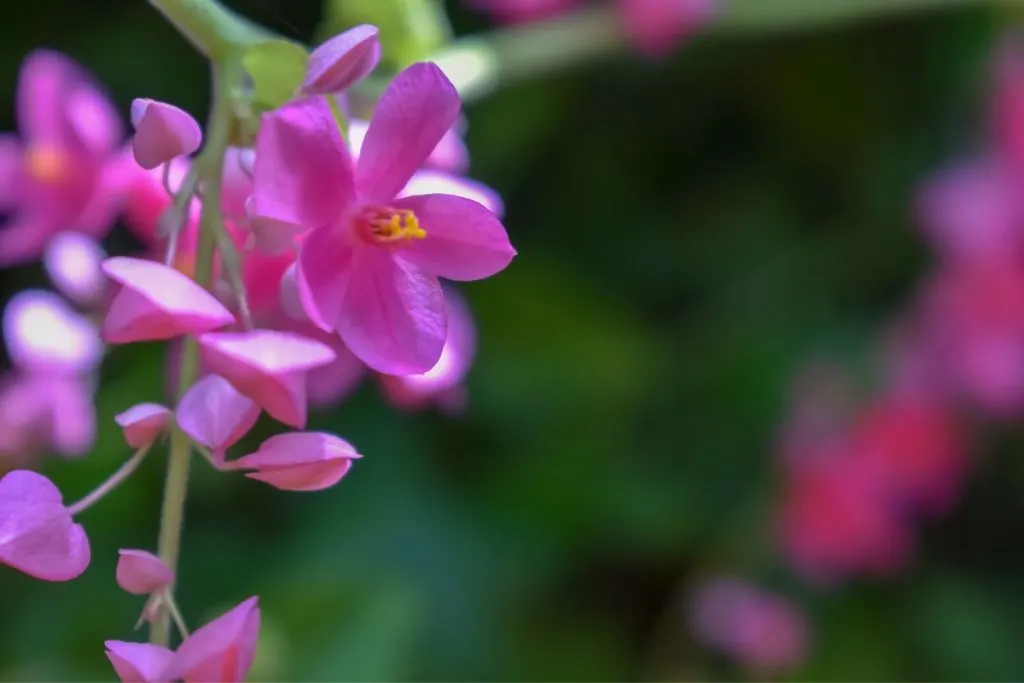
The name coral bells are used for several species of the genus Heuchera, including hundreds of varieties and hybrids. Coral species are traditional perennial houseplants, with new varieties appearing every year.
LIGHT
Most coral species work well in partial shade, especially in warm climates. Getting enough sunlight can dim the color, and too much light can burn the leaves.
Coral reefs planted in humid and shady areas are susceptible to fungal diseases.
WATERING
This plant requires moderate watering and likes constantly moist soil. Existing plants are drought tolerant, but watering an inch a week is the best way to keep the plants happy.
SOIL TYPE
Coral species prefer neutral to slightly acid soils rich in humus, with a pH between 6.0 and 7.0. Placing on moist soil can rot the canopy of the plant, so good drainage is essential, especially in shady areas.
FERTILIZER
In the spring, feed your corals half an inch of compost or a small amount of slow-release fertilizer. This plant requires very few nutrients. Avoid excessive use of fast-acting fertilizers, as they inhibit flowering.
Do Hanging Plants Need Sun?
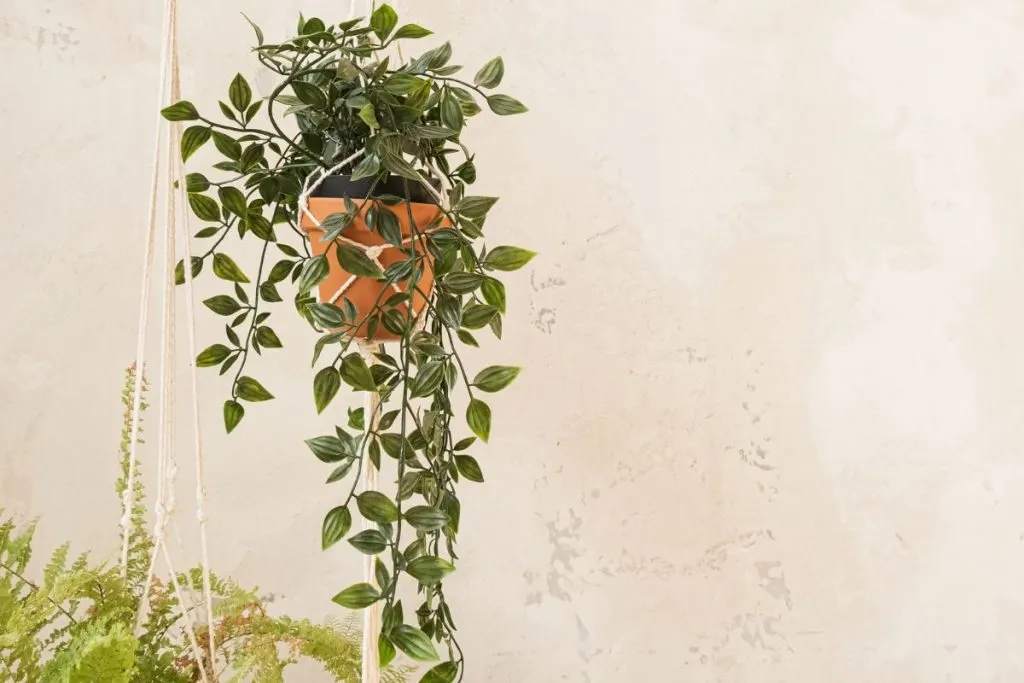
Even tho these plants love and prefer shade, not all plants for hanging baskets like it that way.
It all depends on plant species and their botanic family. Some plant families simply prefer more sun and need more sun while some don’t. It’s as simple as that.
Wrapping It Up
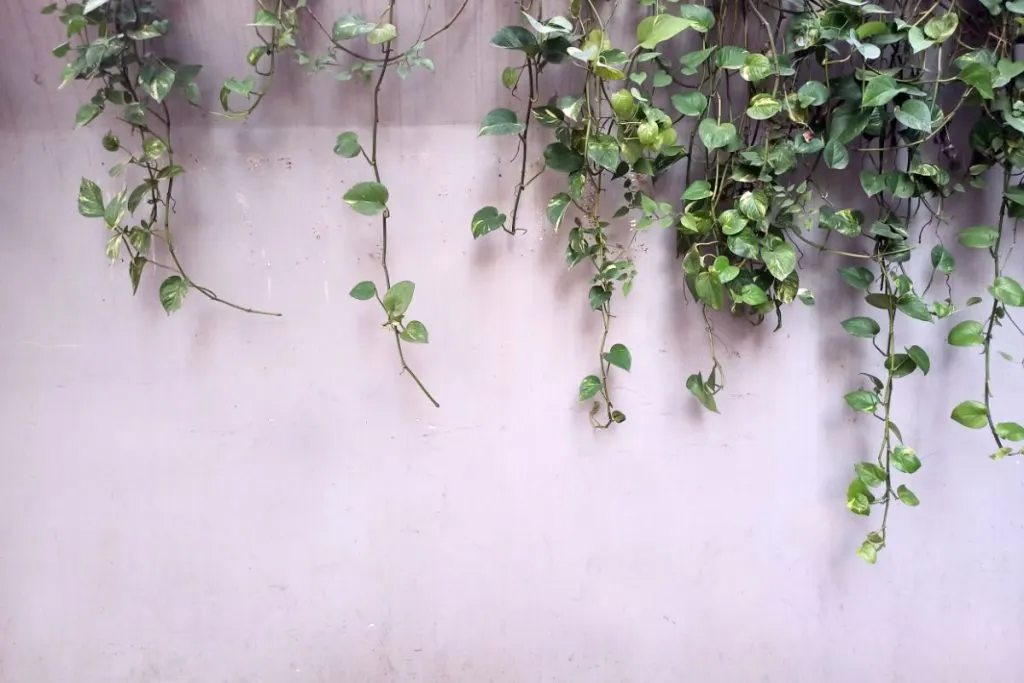
Hey ladies.
We’ve come to an end to this wonderful article. I always enjoy them, hope you did as well. And of course, I hope you learned something worthy today in this article for all of your hanging baskets plants.
I’m sure you’re more than ready to get some hanging basket plants for shade for your place now or to provide them with good care in the future.
That would be all for today, see you soon next time!

